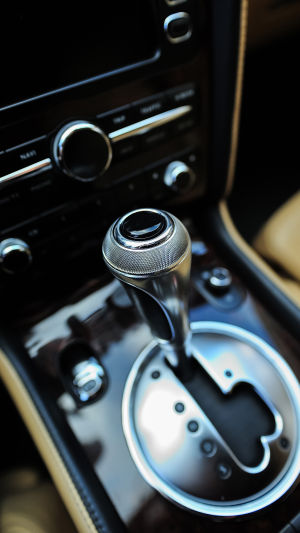The automobile transmission system stands as the pivotal component within a vehicle, entrusted with the crucial task of transmitting the engine's power to the wheels.
In the market, automobile transmission systems primarily fall into two categories: manual transmission and automatic transmission. Each of these transmission systems possesses its own set of advantages and is aptly suited to cater to varying driving needs and habits.
Manual Transmission System
Advantages:
Enhanced Control: Manual transmission vehicles offer drivers a heightened level of control over the engine's RPM, consequently delivering superior handling. This proves particularly valuable during high-performance driving or when confronted with challenging road conditions.
Fuel Efficiency: Generally speaking, manual transmission vehicles tend to exhibit marginally better fuel efficiency when compared to their automatic counterparts. The driver's ability to precisely modulate the engine's output lends itself to more efficient fuel consumption.
Reduced Maintenance Costs: Manual drivetrains are characterized by their relative simplicity, resulting in lower maintenance and repair costs. Moreover, components for manual vehicles are more readily accessible.
Disadvantages:
High Skill Requirements: Operating a manual transmission vehicle necessitates the driver to possess a certain degree of skill, especially when coordinating the clutch and accelerator during startup and gear changes.
Reduced Comfort: In contrast to automatic vehicles, manual transmission vehicles may induce driver fatigue in congested urban traffic due to the frequent need to operate the clutch and shift gears.
Automatic Transmission System
Advantages:
Convenience in Driving: Automatic transmission vehicles eliminate the need for the driver to manually engage the clutch and shift gears, rendering driving a more hassle-free experience. This is particularly advantageous in navigating urban traffic jams, considerably reducing driving stress.
Versatility: Suitable for drivers of all skill levels, including beginners and experienced motorists, without the necessity of investing time in mastering manual transmission operation.
Enhanced Comfort: Automatic transmission vehicles execute gear changes seamlessly during driving, offering a more comfortable and favored driving experience for both drivers and passengers, especially during extended journeys.
Disadvantages:
Slightly Reduced Fuel Efficiency: In comparison to manual transmission vehicles, automatic transmission vehicles usually exhibit slightly inferior fuel efficiency due to the energy requirements of the hydraulic system.
Elevated Maintenance Costs: Automatic transmission systems tend to be relatively intricate, resulting in generally higher maintenance and repair expenses. Failures within the hydraulic system may potentially incur substantial repair costs.
When deliberating the choice between manual and automatic vehicles, drivers should make their selection based on individual driving requirements and preferences.
If you relish the prospect of maintaining greater control over your vehicle, seek the thrill of driving, or often traverse challenging terrains such as mountainous regions, a manual transmission vehicle may be the optimal choice.
Conversely, if you prioritize driving convenience and comfort, or frequently navigate urban traffic, an automatic transmission vehicle may better align with your needs.
Lastly, it's worth noting that with the continuous progression of technology, automatic transmission vehicles are continually improving in terms of fuel efficiency and driving performance. In the future, automatic transmission vehicles are poised to become the preferred choice across a broader range of driving scenarios.





